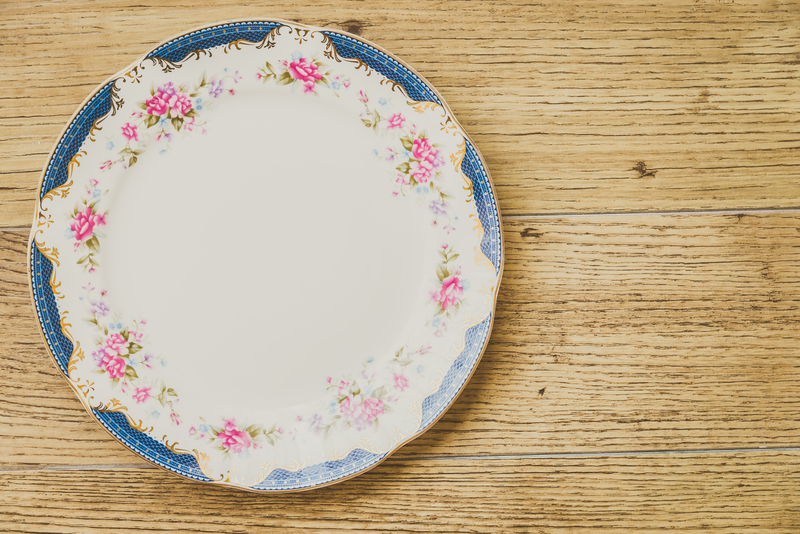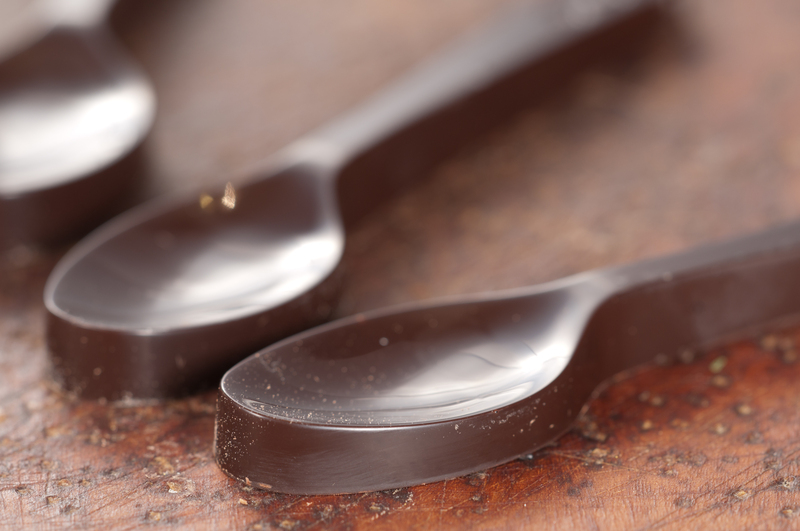Practical Steps to Recycling and Disposing of Pots and Pans
If you've ever wondered what to do with old, damaged, or unused cookware, you're not alone. Pots and pans are essential items in our kitchens, but when they become worn out, many people are unsure of the most environmentally responsible way to dispose of them. This comprehensive guide offers practical steps to recycling and disposing of pots and pans in a sustainable manner while keeping environmental considerations at the forefront.
Understanding Why Cookware Disposal Matters
Cookware, including pots and pans, is often made from durable materials like aluminum, stainless steel, cast iron, or nonstick surfaces. Improper disposal of these kitchen utensils can contribute to landfill waste, environmental pollution, and a depletion of natural resources. Recycling and disposing of cookware thoughtfully helps conserve energy, reduce waste, and supports a circular economy.
Environmental Impact of Old Pots and Pans
- Landfill Concerns: Metal cookware doesn't easily decompose, often lingering in landfills for decades.
- Toxic Components: Nonstick coatings, when disposed of improperly, may release harmful chemicals.
- Resource Recovery: Metals from cookware can be melted down and reused for new products, saving energy and raw materials.

Step 1: Assess the Condition of Your Pots and Pans
Before you decide to recycle or throw away your cookware, examine their current condition. Not every old pot or pan needs to be disposed of--some may have life left in them!
- Are the handles broken but the body intact?
- Is the nonstick surface scratched or peeling?
- Is the pot or pan warped or rusted beyond repair?
Consider These Alternatives Before Disposal
- Repair minor damages (like tightening handles or seasoning cast iron pans).
- Repurpose for other uses: e.g., as garden planters, storage containers, or craft projects.
- Donate if the cookware is still functional.
Step 2: Explore Donation and Reuse Options
The greenest way to dispose of old pots and pans is to extend their life by passing them on to someone who can use them. Donation is especially viable for cookware that is still safe and functional.
Donation Locations
- Local Charity Shops: Many thrift shops accept gently used kitchenware.
- Community Centers: Urban centers and shelters may need kitchen supplies for communal meals.
- Online Marketplaces: Platforms like Craigslist and Freecycle are perfect for giving away cookware locally.
- Schools and Art Centers: Old pots and pans are sometimes used for art projects or workshops.
Tip: Always check with the recipient if your pans are nonstick, as some organizations will not accept these due to potential health risks.
Step 3: Prepare Cookware for Recycling
If your pots and pans are no longer serviceable, recycling is the most sustainable choice. However, cookware cannot always be thrown into standard curbside recycling bins. Preparation is necessary.
Cleaning and Sorting Materials
- Clean thoroughly: Remove leftover food, grease, and debris.
- Separate materials: Some pots and pans have multiple components (metal body, plastic handles, lids with glass or rubber). If possible, dismantle them so the main metal can be recycled efficiently.
- Check for recycling symbols: Some manufacturers mark the base with recycling information.
Be aware: Some metals, especially nonstick-coated pans, may need specific recycling methods due to their surface treatments.
Step 4: Find the Right Recycling Facility
The next step is to identify local recycling programs that will accept cookware. Not all facilities are equipped for this, so it's important to do a bit of research.
Where to Recycle Pots and Pans
- Metal Scrap Yards: These facilities generally accept all-metal pots and pans. Call ahead to confirm what types of cookware and coatings they accept.
- Municipal Recycling Centers: Some local government recycling programs have metal drop-off days or special bins for scrap metal.
- Manufacturer Take-Back Programs: Several leading cookware brands now offer mail-in or drop-off recycling schemes. Look for specific instructions on their websites.
- Big Box Retail Recycle Programs: Retailers like Best Buy or Home Depot sometimes have recycling collection events.
Note: Do not place cookware in your regular recycling bin unless your municipality's guidelines explicitly state that it's permitted.
Step 5: Address the Challenge of Nonstick and Coated Pans
Recycling nonstick and ceramic-coated pots and pans poses unique challenges. These coatings, particularly Teflon (PTFE) and ceramic glazes, are difficult to process and may require specialty recycling channels.
How to Recycle Nonstick Cookware
- Contact the manufacturer: Some brands accept nonstick cookware for safe recycling or re-coating.
- Specialty recycling: Look for programs that specifically mention nonstick or coated cookware acceptance.
- Remove handles and separate materials: If possible, strip off anything non-metal (handles, lids) before recycling the metal part.
- Dispose as waste as a last resort: If no option exists, and the cookware is badly degraded, you may need to place it with your regular trash--though this is not ideal for the environment.
Step 6: Reusing and Upcycling Old Pots and Pans
If recycling options are limited, upcycling is a creative and eco-friendly alternative. Many old pots and pans can be given a new purpose outside the kitchen.
Creative Upcycling Ideas
- Garden Planters: Drill drainage holes and use them as rustic plant containers.
- Outdoor Decor: Turn large, old pans into birdbaths or feeders.
- Organizers: Use smaller saucepans to organize screws, nails, and office supplies.
- Wall Art: Paint and hang interestingly shaped or colored pans as part of your decor.
- Storage for Craft Supplies: Deep pots are great for holding paintbrushes, yarn, or gardening tools.
Pro tip: Always clean and, if necessary, sand down sharp edges before repurposing cookware for safety reasons.
Step 7: Responsible Disposal When No Other Option Exists
In rare cases, if cookware is non-recyclable and unfit for donation or upcycling, proper disposal becomes necessary. Follow your municipality's guidelines, which may allow you to put metals or ceramics in the regular trash, but try to exhaust every sustainable method first.
Why Avoid Landfills?
- Metal lasts for decades without degrading in landfill conditions.
- Coatings may leach chemicals into soil and groundwater.
- Lost opportunity for resource recovery.
Frequently Asked Questions (FAQs) on Pots and Pans Recycling
Can I put old pots and pans in my recycling bin?
Generally, no. Most curbside recycling programs do not accept kitchen cookware due to size, weight, and composite materials. Always check local guidelines.
What should I do with cookware that has wooden or plastic handles?
Remove non-metal parts first, if possible. Only the metal component is usually recyclable at scrap yards.
Are cast iron pans recyclable?
Absolutely. Cast iron is highly sought after by metal recyclers. If not recycling, consider donating, as many people are eager to restore vintage cast iron.
What about pots and pans with severe rust or damage?
If the rust is superficial, try restoring or upcycling. If the damage is extensive, clean and separate the metal before delivering to a scrap yard or designated recycling center.

Tips for Buying Eco-Friendly Pots and Pans in the Future
To avoid future landfill waste, opt for sustainable cookware next time you shop.
- Choose recyclable materials: Stainless steel, cast iron, and uncoated aluminum are highly recyclable.
- Look for brands with take-back programs or lifetime warranties.
- Avoid cheap nonstick coatings prone to rapid deterioration.
- Read labels for recyclability and repairability information.
Conclusion: Make Every Disposal Action Count
Disposing of old pots and pans doesn't have to mean sending them to a landfill. Through reusing, donating, recycling, or creatively upcycling, you can extend the life of your cookware and help minimize environmental impact. Every sustainable action helps reduce waste and conserve valuable resources.
Remember: The practical steps to recycling and disposing of pots and pans boil down to assessing, donating or recycling whenever possible, and disposing responsibly as a last resort. Your choices today can have a positive impact on tomorrow's environment!